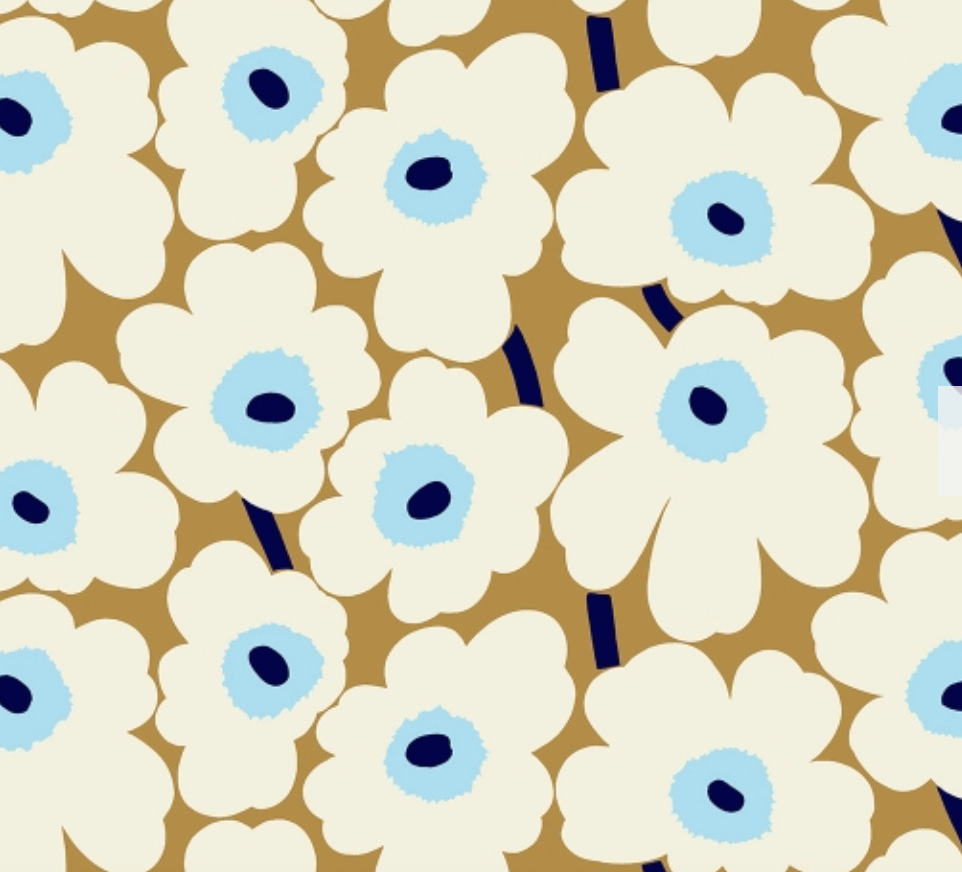How to Design a Maximalist Interior That Feels Uniquely You
My aesthetic, and the Hollis Loudon ‘brand,’ has always been described as maximalism—for better or worse—and honestly, I own it. While I could define it in a million ways, the simplest is this: I am a maximalist. To me, maximalism is about crafting a space that tells your story—boldly, unapologetically, and always with a healthy dose of Main Character Energy.
It’s not about “matching” or following the rules; it’s about curating a space that feels alive and uniquely yours. Here’s how to bring that energy to life:
1. Start With a Trophy Piece
Every maximalist interior begins with a “trophy” piece: a fabric, wallpaper, or rug that commands attention and sets the tone for the room. Think: an intricately embroidered textile with layers of color and texture, a whimsical wallpaper with a bold pattern, or a vintage Persian or kilim rug that anchors the space instantly. This is your showstopper, your muse—everything else will build around it.
Some of the trophy wallpapers I have used in the past include William Morris ‘Blackthorn,’ Brunschwig & Fils ‘Avera,’ and Manuel Canovas ‘Dara;’ These stunning designs have made appearances in both of my Homeworthy tours and were also featured in my NYC&G/HC&G article—which I was so thrilled to not only be highlighted in but also to have the privilege of writing myself!
Lately, I’ve been obsessing over some more budget-friendly wallpaper options that still pack a punch. This peel-and-stick Marimekko design from Wallpops is a current favorite, as is this playful, funky pattern (also peel-and-stick!) that’s perfect for a child’s playroom. The bold colors and whimsical design give off serious Pierre Frey vibes—at a fraction of the cost.
2. Establish a Color Palette (But Keep It Flexible!)
Use your trophy piece as a starting point to pull colors you love and create a palette. But—and this is key—don’t let it box you in. If aqua is your favorite color and it’s nowhere to be found in your starting piece, add it anyway! Incorporate it in small, thoughtful ways: a pop of aqua in a decorative object, a contrast welt on a chair, or a gorgeous trim detail on your curtains. The unexpected is where maximalism truly shines.
3. Let Your Supporting Players Shine
Once your palette is set, it’s time to play with scale, pattern, and texture. This is where maximalism gets really fun.
Mix patterns fearlessly. Combine wide awning stripes with tiny ginghams, flamestitches with florals, or ditsy prints with bold geometrics.
Play with scale. Think oversized buffalo checks paired with narrow ticking stripes for a dynamic contrast.
Add texture. Velvet, mohair, boucle, chenille—each brings its own depth and dimension to your space. Not every fabric needs to be the same medium, and the interplay of textures will make your room feel rich and layered.
4. Take Risks: If You Love It, It Belongs
Maximalism isn’t about rules; it’s about personality. If you love something—even if it doesn’t “match”—it deserves a place in your home. Your space should reflect your individuality, so take risks and follow your instincts. That quirky vase you found in a Paris flea market? Those wild vintage lampshades? If it speaks to you, it belongs. Let your imagination lead the way.
Maximalism is an art form, but it’s also deeply personal. There’s no formula, no right or wrong way to do it. Just trust your instincts, embrace the unexpected, and create a space that feels authentically you.







